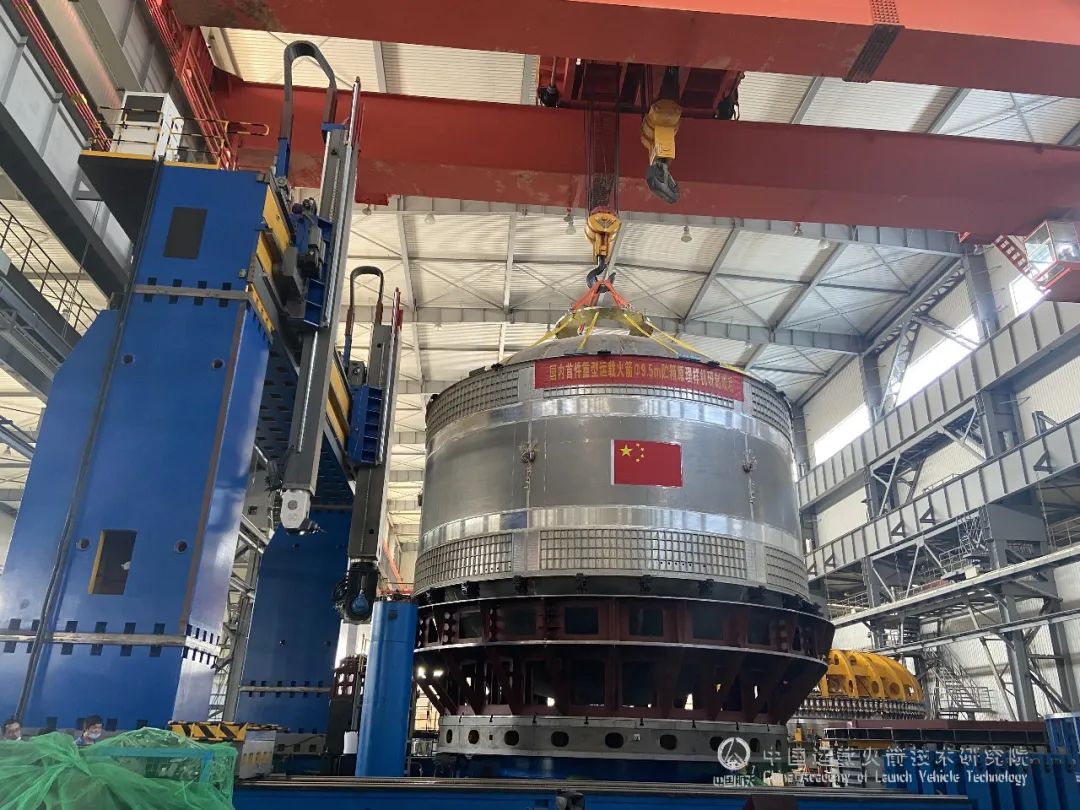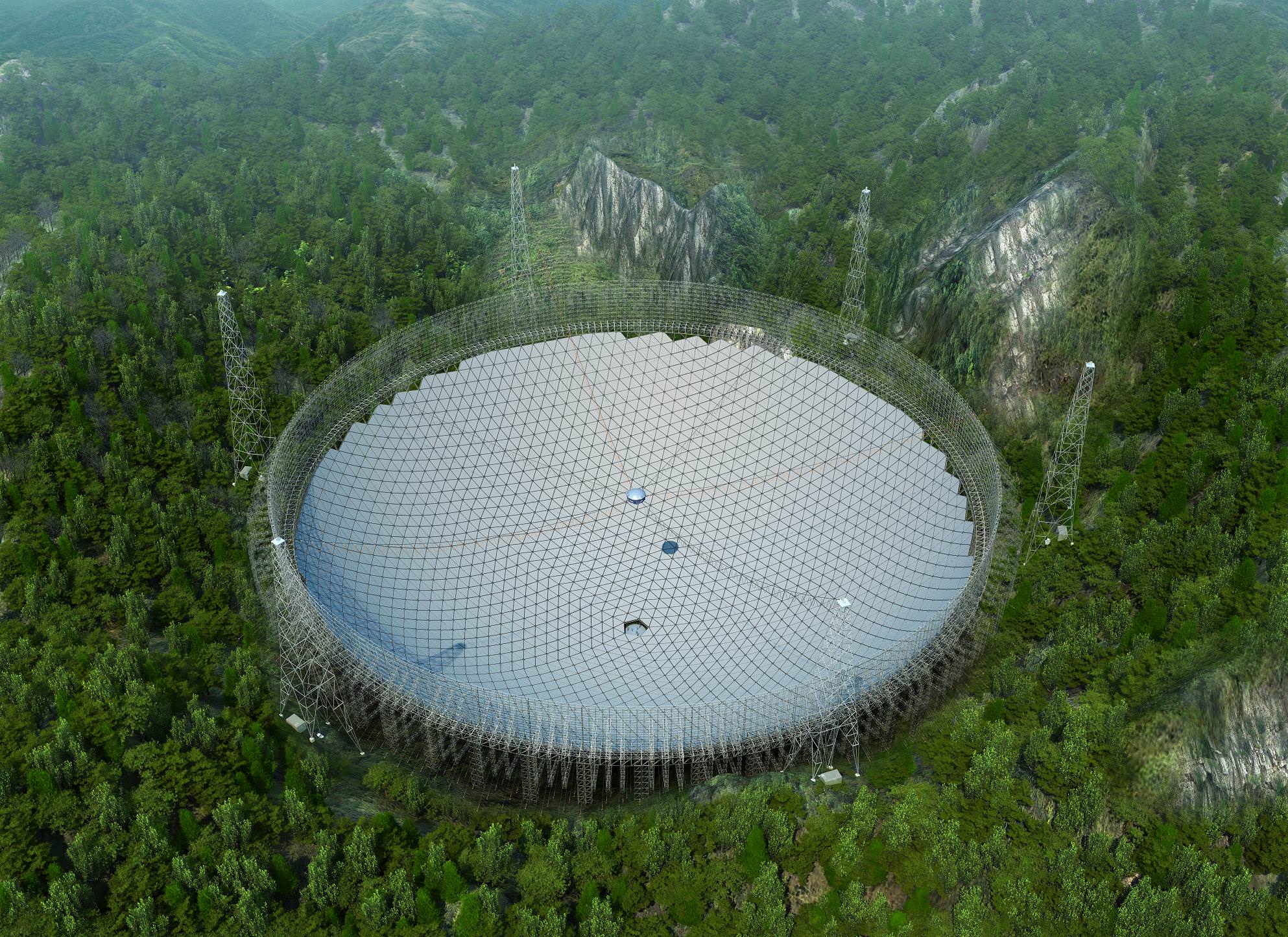For years, China has been dropping hints about its Long March 9 (CZ-9) rocket, a three-stage super-heavy variant of the Long March family. This launch vehicle will reportedly be capable of transporting up to 150,000 kg (165 tons) to Low Earth Orbit (LEO) and 54,000 kg (59.5 tons) to a trans-lunar injection. On March 2nd, the China Academy of Launch Vehicle Technology (CALT) announced (via the Chinese social media platform Weixin) that it had finished building the first propellant tank for the CZ-9.
The news was accompanied by pictures that showed the finished tank and the many components that went into making it – and they are massive!
Continue reading “Look out, Starship! China is Building a Massive Reusable Rocket!”









